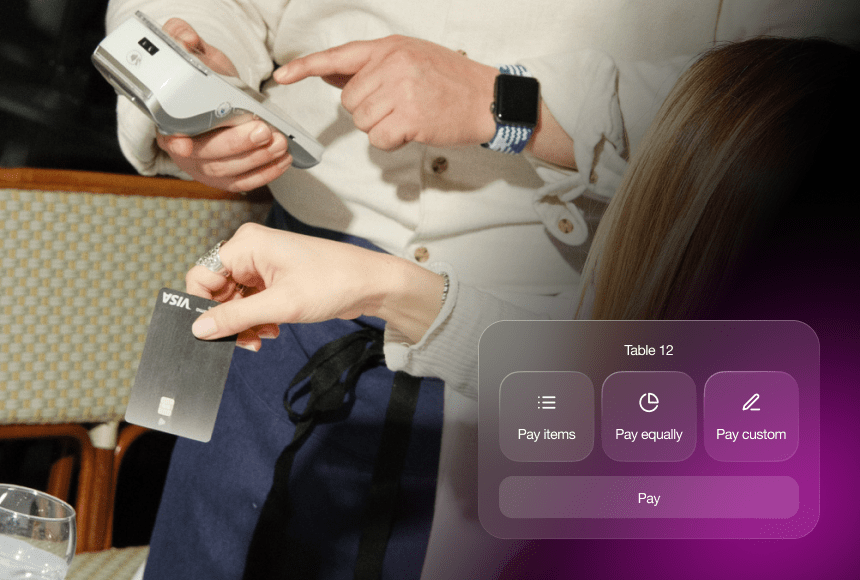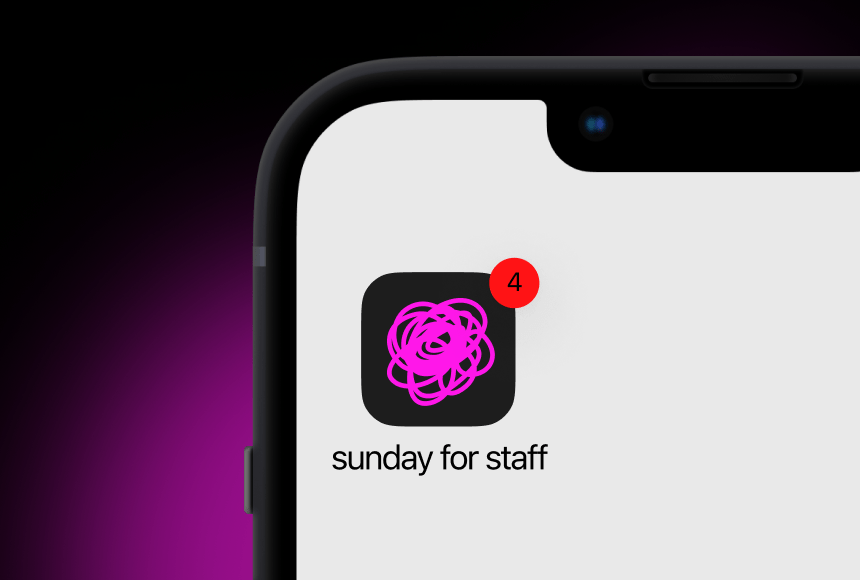
Harnessing the Power of Customer Feedback for Your Restaurant’s Growth
Why Online Reviews Matter More Than Ever
When it comes to attracting new diners, online reviews can be just as impactful as a big, eye-catching sign above your door. In an era where nearly everyone checks ratings and comments before choosing their next meal out, a strong online reputation isn’t just a bonus—it’s essential. According to the “Local Consumer Review Survey 2022” by BrightLocal, 98% of consumers read online reviews for local businesses, including restaurants, with 77% stating they “always” or “regularly” read them. That means potential customers are looking at what people say about your restaurant before they ever step inside.
What’s truly surprising is just how closely reviews can affect finances. Research from Harvard Business School found that a one-star improvement in a restaurant’s rating can result in a 5% to 9% increase in revenue. In other words, if a handful of customers are raving about your spot on Google, that could translate to a better bottom line. For restaurant owners, this is gold—positive reviews can drive both your local search ranking and your foot traffic, all while costing you relatively little compared to big marketing campaigns.
From Start to Finish: Turning Every Review into a Marketing Asset
A restaurant’s reputation is never set in stone. Every review—whether it’s a glowing endorsement of your best-selling risotto or a scathing critique of your slow service—offers an opportunity. It’s all about treating reviews, both positive and negative, as stepping stones for growth.
- Positive reviews help confirm what you’re doing right and strengthen your brand image.
- Constructive feedback gives you insights into areas that need improvement, so your restaurant can evolve.
By embracing reviews, you can highlight your strengths, address your weaknesses, and cultivate a brand identity that stands out. But how exactly do you transform raw feedback into a marketing lever? Read on for practical strategies that go beyond the usual “respond politely” advice. After all, hearing from your customers should be as refreshing as a cool lemonade on a hot summer’s day.
Make Negative Feedback Your Secret Ingredient for Improvement
No restaurant is immune to negative comments. Even the finest establishments can receive a comment that stings like a little too much chilli in your soup. The difference lies in how you respond. Great restaurateurs know that turning a critic into a loyal patron is possible when you play your cards right.
Step 1: Listen and Evaluate Calmly
The first instinct might be to defend your restaurant or ignore the review completely; neither approach does your brand any favours. Instead, assess the feedback and determine if it highlights a genuine issue:
- Did the diner mention slow service at a specific time of day? Perhaps you need a more efficient staffing schedule during peak hours.
- Was the food temperature off? It might be time to re-evaluate kitchen processes or adjust your serving protocol.
- Did the customer misunderstand an item on your menu? Review your descriptions to ensure clarity and transparency.
Treat each negative review as a free audit of your operations. Rather than letting harsh words discourage you, use them to shape a better dining experience.
Step 2: Respond Promptly and Professionally
A direct, professional, and warm response speaks volumes about your brand. Thank the reviewer for their feedback, acknowledge their experience, and promise to make it right if possible. For instance: “Thank you for bringing this to our attention. We appreciate your honest feedback and will use it to improve.” The more your tone conveys genuine care, the greater the chance the unhappy diner might give you another shot. Remember, everyone in the digital realm is watching. A sincere, measured reply can turn what could have been a hit to your reputation into an opportunity to show you care.
Step 3: Implement Changes and Follow Up
Words alone aren’t enough. After you respond, take real action. If the complaint was about inconsistent portion sizes, gather your kitchen staff to standardise them. If the issue was about a confusing payment process, consider introducing a more user-friendly method—like letting customers pay at the table directly from their phone. Once improvements are made, follow up with the reviewer if possible, or show them tangibly the next time they visit. Customers appreciate businesses that actively listen and take steps to fix mistakes. This transforms a disgruntled critic into a potential lifelong fan.
Encouraging Positive Reviews—Without Sounding Desperate
Inviting more reviews from happy diners can be a game-changer for your online presence. Still, the trick is to do it right. Nobody likes a restaurant that seems to beg for compliments like a puppy waiting for a treat. Instead, incorporate subtle, authentic ways to raise the volume of positive feedback.
- Train Your Team to Ask Politely: After a pleasant interaction, your staff can mention how valuable it is for the restaurant if satisfied customers share their experience online.
- Set Up Special Prompts to Encourage Reviews: A short note on the menu or on the table can kindly invite diners to leave feedback. Keep it low-key: “Enjoying your meal? Let us know with a quick review!”
- Leverage Digital Tools for Simplicity: Make it effortless with QR codes that take customers straight to your Google business page. The fewer steps between the idea of leaving a review and actually posting it, the better.
And remember: even delighting one person can spark a chain reaction of positive word-of-mouth. A couple of five-star reviews might encourage more diners to share their own glowing experiences. Before you know it, your Google listing could light up with praise, boosting your ranking in local search results.
Avoiding Review Spam and Other Missteps
While encouraging positive feedback, be sure to keep it ethical. Posting fake reviews or incentivising diners in a less-than-honest way can backfire. Potential customers are savvy, and review platforms have guidelines that can penalise suspicious activity. Aim for authentic relationships with your audience. Trust me, your brand integrity is worth a lot more than a phony five-star rating.
Integrate Reviews into Your Marketing Strategy
Think of your marketing plan as a five-course menu. The best strategies seamlessly combine various elements: social media, local events, strong web presence, and a robust system for collecting and showcasing customer feedback. Here’s how you can turn online reviews into a core ingredient in your marketing mix:
- Showcase Reviews on Your Website and Social Feeds: A rolling feed of positive quotes or a dedicated “Reviews” section can be a powerful testament to your restaurant’s expertise.
- Incorporate Testimonials in Promotional Materials: Whether it’s an email campaign or a new flyer, add a well-chosen excerpt from a five-star review to pique interest and build trust.
- Use Feedback for Targeted Offers: If several reviews mention your fish and chips as the best in town, create a special discount or event around this dish. It ensures your marketing resonates with what customers already love.
Also, look at negative remarks to brainstorm new promotions. If some diners found your menu options “too limited for vegetarians,” consider expanding that menu section. Then, highlight your new and improved veggie-friendly offerings in your marketing materials. This way, you’re not only addressing concerns but actively proving you value customer voices.
The Role of Technology in Reputation Management
New tech solutions allow you to gather, manage, and showcase reviews in ways unimaginable even a few years ago. Tools like social media scheduling and review-alert platforms can help you track comments, respond quickly, and create a sense of community around your restaurant. Meanwhile, integrated payment technologies can streamline operational flows and enhance the overall dining experience—reducing wait times and minimising potential points of friction that lead to negative feedback.
Take, for instance, sunday’s payment solution. By letting diners settle their bills via a QR code, you not only ensure a smoother customer experience but also open the door for additional features like tipping and a quick link to Google reviews. Happy customers who just had a seamless checkout might be more inclined to add a positive rating before leaving your restaurant. Combining speed, convenience, and a user-friendly approach, solutions like sunday help drive customer satisfaction—ultimately leading to better online reviews.
Turning Guests into Loyal Brand Advocates
One of the ultimate goals of any restaurant marketing strategy is to turn first-timers into repeat customers. Reviews play a huge part: a positive note on Google, TripAdvisor, or social channels can inspire others to check out your business. But don’t stop at attracting new faces. By encouraging repeat diners to leave feedback on multiple visits, you’re gathering a library of testimonials that reflect long-term quality and consistency.
Encouraging loyalty programs, follow-up emails, or special “VIP” invitations can also be integrated with your review strategy. Imagine hosting an exclusive tasting night for your most ardent fans. Ask them to share honest opinions online while giving them a memorable experience. Their loyalty becomes your restaurant’s best advertisement.
Measure Your Progress and Keep Fine-Tuning
As with perfecting any recipe, getting your online reputation just right takes patience and analytics. Stepping back regularly to review your progress can reveal trends and patterns that guide future decisions. Keep tabs on these key metrics:
- Average star rating: Has it gone up or down in the last three months?
- Review frequency: Are you receiving more reviews than before? A spike in positive feedback is a green light that your changes are working.
- Keywords or recurring comments: If “friendly staff” or “perfectly cooked steak” often pop up, spotlight these aspects in your marketing campaigns.
Be open to adaptation. If you notice fewer reviews or a decline in your rating, revisit your process for encouraging feedback. Perhaps your staff needs to gently remind happy diners at a more opportune moment, or maybe you’ve overlooked an operational flaw that’s tarnishing the guest experience. Regularly reviewing your analytics is like tasting a sauce as it simmers—adjust spices as you go to maintain a delicious result.
Cultivating an Authentic Voice in Every Response
Responding to reviews—both the positive shout-outs and the negative rants—should feel authentic. Write as if you were personally speaking to the diner at your restaurant. For negative feedback, keep an apologetic but confident tone, promising to investigate and improve. For positive feedback, express heartfelt gratitude and invite them to come back soon. This sense of a real person behind the screen fosters a deeper connection with both new and returning customers.
Remember, the goal is to create an online community around your restaurant, not just rack up five-star ratings. That community grows when you strike a balance between warmth (a natural, conversational style) and professionalism (resolving real issues with genuine solutions). If you treat online conversations as an extension of your guests’ in-person experience, you’ll see how each online review can become a catalyst for a stronger brand.
Cooking Up Momentum: Convert Every Review into a Long-Term Ally
When you focus on your online reputation as a dynamic, evolving element of your restaurant’s identity, you’ll find that every piece of feedback helps you grow. Negative reviews become constructive tutorials, and positive ones become marketing gold. As you build trust with customers through transparent communication, timely responses, and continuous improvements, your restaurant’s overall appeal elevates.
Whether you run a cosy café or helm an upscale bistro, investing time in online reputation management sets you apart in a crowded food scene. Better reviews mean better visibility in local searches, increased footfall, and more loyal diners. It’s like perfecting a signature dish—careful selection of ingredients (in this case, prompt responses and helpful technologies) and thoughtful presentation (by integrating reviews into all aspects of your marketing) results in an irresistible final product.
As with any recipe, consistency is key. Keep monitoring your reviews, keep refining your strategies, and stay ready to adapt. Each time you transform feedback into an actionable step, you bring your restaurant one step closer to a spotless online reputation—and a thriving bottom line. And as technology continues to evolve, partnering with solutions like sunday can help streamline that process, so you can focus on what matters most: wowing customers and creating culinary experiences they’ll rave about.
Find out more today
Drop us your details below and we’ll reach out within the next 24
“Bill please” is a thing of the past.
With our integrated QR codes your customers pay in seconds, straight from their table.




